When I started reading product labels 20 years ago it was super intimidating. I had only begun with food packaging. After reading my first Aromatherapy Book to try and deal with severe acne, I was surprised that the author suggested eating only organic foods, nothing processed. I know some of your are shocked if you haven’t known me in my “former life”. Yes, I was a junk food junkie. Actually, I was a low-fat diet food junkie, and at that time I ate very little that was not in a package. In fact, I think I lived on yogurt and diet soda! This was the beginning of what I have become today and I’m happy to pass on some shortcuts I’ve learned in the process.
The internet and technology are super helpful when you have time to research, but when you are in a store gazing at chemical names it’s helpful to have some simple things to look for. I knew I had come a far way this summer after a trip to Mexico. In Chalula, we stopped in a convenience store to get some water. I decided to look at some junk food to see if I could recognize any names and I was surprised at how much I could figure out. Now I’m not suggesting that you need to practice reading chemical ingredients in another language (sometimes it all seems like Greek!), but you may surprise yourself after just a short time of practicing how quickly you will begin to identify ingredients. Some are not so different in other languages.
Start Small When I started my learning with packaged foods, I focused on Monosodium Glutamate. It’s pretty long and easy to identify. It’s in most flavored chips, savory snacks, packaged entrees and soups. Start with one or two ingredients you want to practice and search them out on a label. Or, you can skip that and do as I do now. If a label has more than a couple lines of ingredients, I steer completely away from it whether it’s food, personal care or home care.
We shouldn’t have to be a scientist to determine what is safe or healthy to put into and on our bodies. Add some prescription and over the counter drugs and Viola, a chemical cocktail. We have more chemicals in our environment than ever before and it continues to grow, with little plans for slowing down, or dealing with the aftermath of contamination to our water, soil, air and food. Scientists have actually found out that chemicals from our personal care products (including hormones and antibiotics) are absorbed by crops when they are sprayed with “recycled water”.
When you purchase products that are filled with chemicals, you are supporting the companies that manufacture them and directly contributing to our environment’s chemical overload. As Americans, we can send the message to big companies about what matters. Does it seem a feasible argument the the reason we have so much disease is because of all the diagnostic technology we have?
Does convenience matter? Yes. Do you think that there are too many chemicals in our environment? Yes. Does health and wellness for your family and our environment depend on reducing the chemicals we use? Yes! The bottom line is you’ll save time and money when you choose products with fewer and quality ingredients AND we can make our planet healthier.
This article will focus on personal and home care products that you most likely use every day. The fragrance industry is huge in the US, and unfortunately, these synthetics have been linked with asthma, allergies and hormone disruption to name a few. If you’re skeptical, read this research on how Synthetic Perfumes are disrupting Hormones. This article was the eye opener for me, in addition to developing asthma in 2011 triggered by exposure to someone wearing a heavy dose of perfume.
Hopefully, you can avoid a sudden chemical overload like I did (and I had done a lot of things right for years!) when you start reducing the chemicals in your shopping cart. The fragrance industry is not regulated, that means a company can fill a bottle with 90% chemicals and 10% essential oil and still call it pure essential oil, or natural. There is no definition for “natural”.
The fragrance industry has isolated elements of essential oils (geraniol, limonene, citrol,etc.) and created synthetic versions that can be sold to manufacturers who put them in their products and sold as “natural”, yikes! I was very disappointed in a company I had formerly used for skin care products for my teens. Their ingredients were top of the line, including essential oils and plant extracts. Just a week ago, I found the product line in the health food store I shop at, I checked the ingredients again (why, I don’t know, but I’m glad I did). They have now replaced those pure plant extracts with components of the the real deal: geraniol, thymol, limone, etc. big disappointment, sigh. Do not be fooled, these isolated ingredients are growing in number, and I’m sure marketed to manufacturers as a more cost-effective alternative without the stress of relying on natural plant material. The French perfumists were the first to do this in the mid 1800’s to control the process. Isolated ingredients are more easily replicated in synthetic form than their full natural plant material.
Here are some simple tips to help sift through the information and making it quick and easy to avoid purchasing products with synthetic fragrance.
1. Avoid products labeled with “Natural flavors, natural fragrance” ingredients. There is no definition in product labeling of Natural. It can mean whatever the manufacturer wants it to be and most likely will not be the real thing. If it was, any sensible company would disclose quality ingredients by name and plant species and truth in product labeling happens when a company has nothing to hide.
2. Oil is not the same as Essential Oil. This term is most often used in home fragrance products. One natural pet odor eliminator sold as a Natural deodorizer contained “Lemon oil”. If it is not listed as Essential oil, it is only a synthetic oil. If a manufacturer has the ignorance to label a product as “oil” when they have used an essential oil, you cannot guarantee they are knowledgeable enough to purchase quality ingredients that are safe for you and your family. Anyone taking time to purchase quality ingredients and essential oils will take care to label it correctly on the package, including the plant species the essential oil was from.
3. Simple plant names do not guarantee purity. If a product is labeled with plant names like “lavender”, “chamomile”,”jasmine”, etc. with no indication of plant species or whether it is an extract, tinture, essential oil or herb, it’s most likely a fake and used for Greenwashing. Greenwashing is using natural terms and descriptions to make a product sound better than it truly is, or leaving out important information that helps a consumer make an educated decision about a product they may purchase. Natural, pure, and green are all terms that have no definition except to the creator of the label/product and no guarantee of purity in ingredients. Instead, look for botanical names on packaging including unscientific terms (for example: calendula flower extract – calendula officinalis ). The more specific the ingredients are listed, the more likely a manufacturer has used quality ingredients and is disclosing all information to be true and accurate. Generalities are a red flag that a synthetics are probably used.
4. Skip the Perfume, Parfum & Fragrance. As pretty as those french words can be, Parfum is just a fancy word for synthetic chemicals. One may as well say Oxybenzone, Tonalide or Estrogen disrupting chemicals. These are harsh chemicals, so much so that the State of California banned some of these synthetics found in the AXE body spray in 2010. These secret ingredients are not even disclosed on any products, but they are present anywhere there is synthetic fragrance (how do you feel when you walk down the “home fragrance aisle” at your local store?) Think you’re not affected by wearing perfume? Are you out of balance in estrogen, testosterone or thyroid function? You might want to reconsider before spritzing on the perfume or using those shampoos, body care products or plug in air fresheners that are synthetic fragrance. Body care products that might have these disrupting chemicals in them will be listed in the ingredients as “parfum”, “fragrance” or “perfume”. As consumers, it’s easy to focus on the positives and lose sight of chemicals on a label like this shower gel.
5. Skip the Proprietary Blends These unknown blends are marketed to “protect secret recipes” but unfortunately, there is no protection for consumers against filling these blends with inferior ingredients and chemicals. Under the guise of intellectual property, manufacturers will use this term to hide any unsavory ingredients from unknowing consumers and still market them as “safe, pure, effective, natural, green”. Caveat Emptor (buyer beware).
6. Food Flavorings are not always Essential Oils, but essential oils can be food flavorings if they are labeled as “dietary supplements”. According to the FDA, there are no real parameters to defining the term “natural” although they encourage manufacturers to use discretion when labeling ingredients as “natural” that they are somewhat “of the earth”. They do not address the issue of combining natural with synthetic ingredients and whether or not this would still be determined as “natural”. Natural food flavorings according to the FDA do not need any requirements as far as being pesticide/herbicide-free or NON-GMO. If you are purchasing a product labeled as oil such as in this pet care product (lemon oil), there is no FDA regulation that I could find requiring the company labeling this product to disclose if the oil is natural or synthetic. 
7. The Price is Right we all want a good deal, right? The reality is quality ingredients do cost more than synthetics. The quicker you find resources you can trust, the more peace of mind you’ll have handing over your hard earned cash for those beautiful ingredients. It really is worth it! And your family will thank you in healthier bodies and better quality of life when you eliminate more chemicals from your life. Anything that is priced below market is a fake (sorry, Dollar Store fans) and not even worth the packaging it is put in. Are you ready to invest in health and wellness? Then follow me on the journey to essential oil abundance! Join with the Pure Home and Body oils Community for support and education on your healthy path.
If you haven’t invested in real essential oils yet, now is the time. Invest in products that are the real deal and truly bring nature into your home. Look for a company that has complete quality control and committed to growing, harvesting, testing and packaging their oils the purity of their oils so that some synthetic fillers don’t slip past the packaging plant. This is the best way to really make the best choices in personal and home care, you’ll make the most of your investments and eliminate the purchase of chemical, greenwashed ingredients.
What do you find most helpful in searching for quality ingredients when you read product labels? Leave a comment below, I’d love to hear from you!
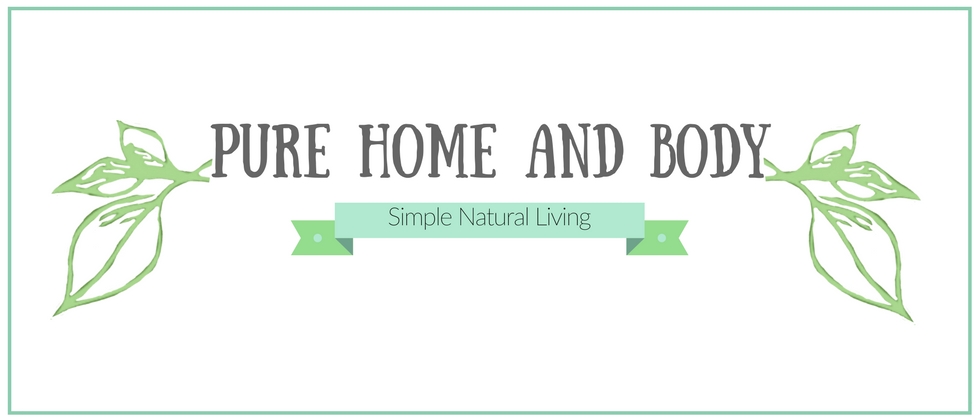

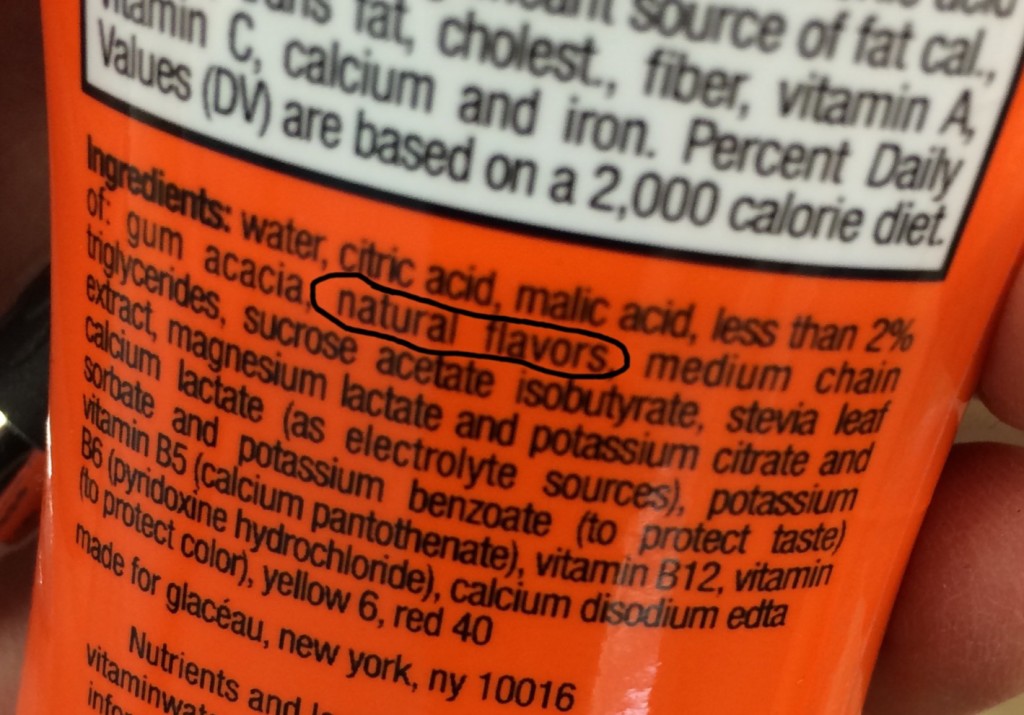
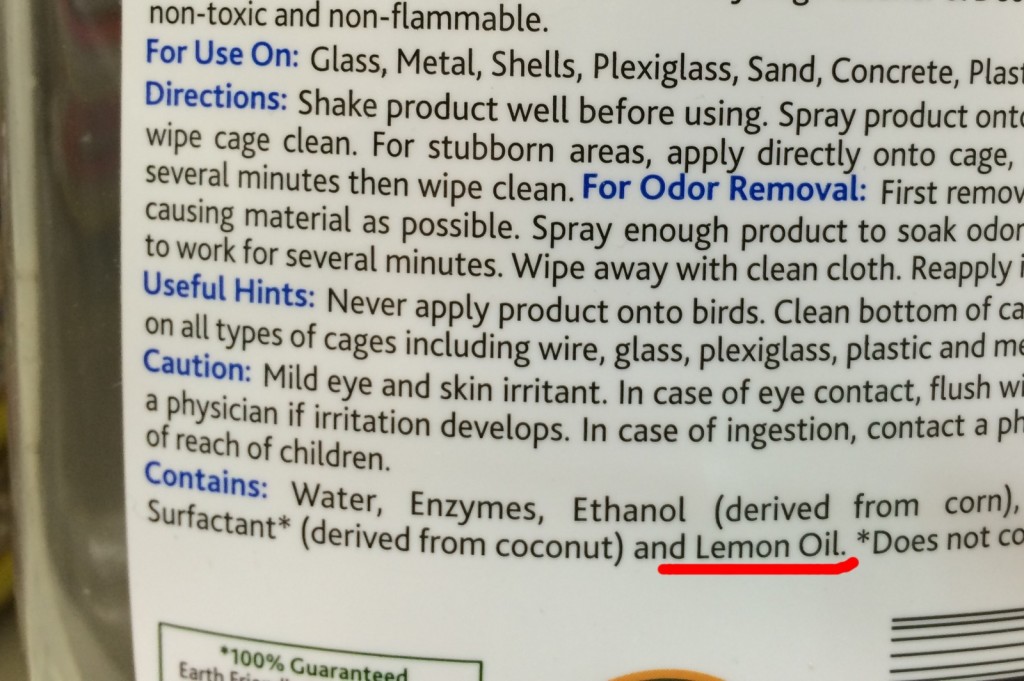
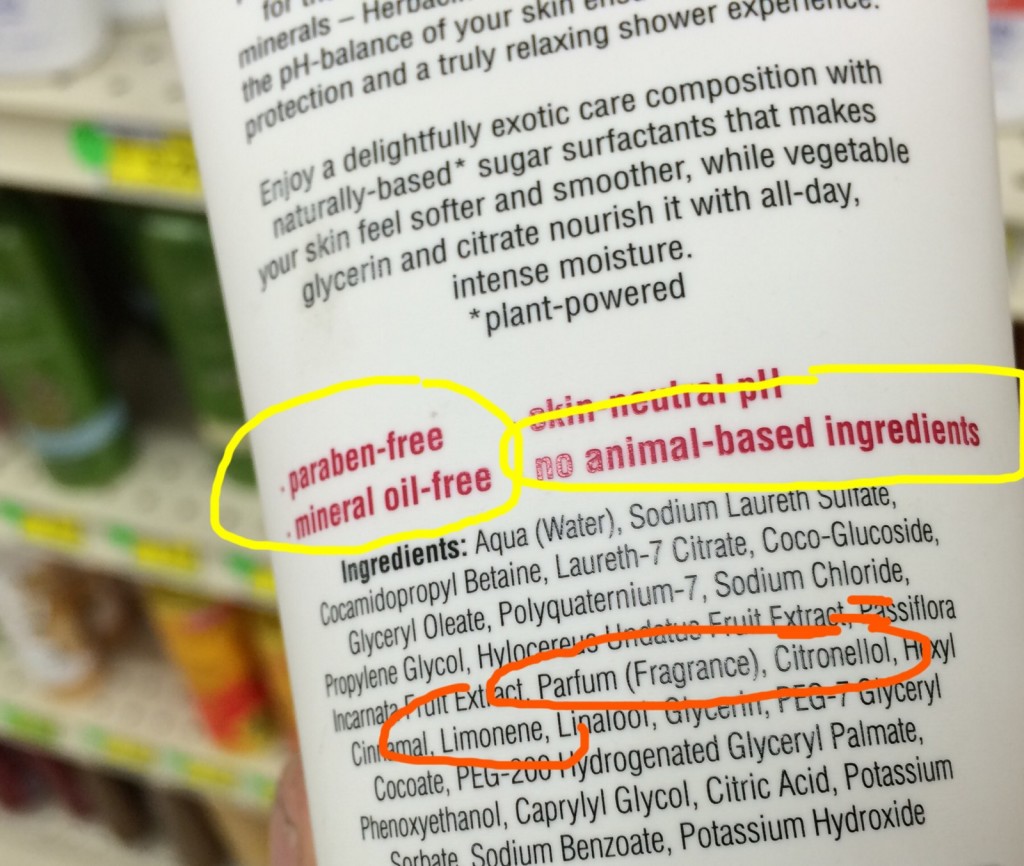






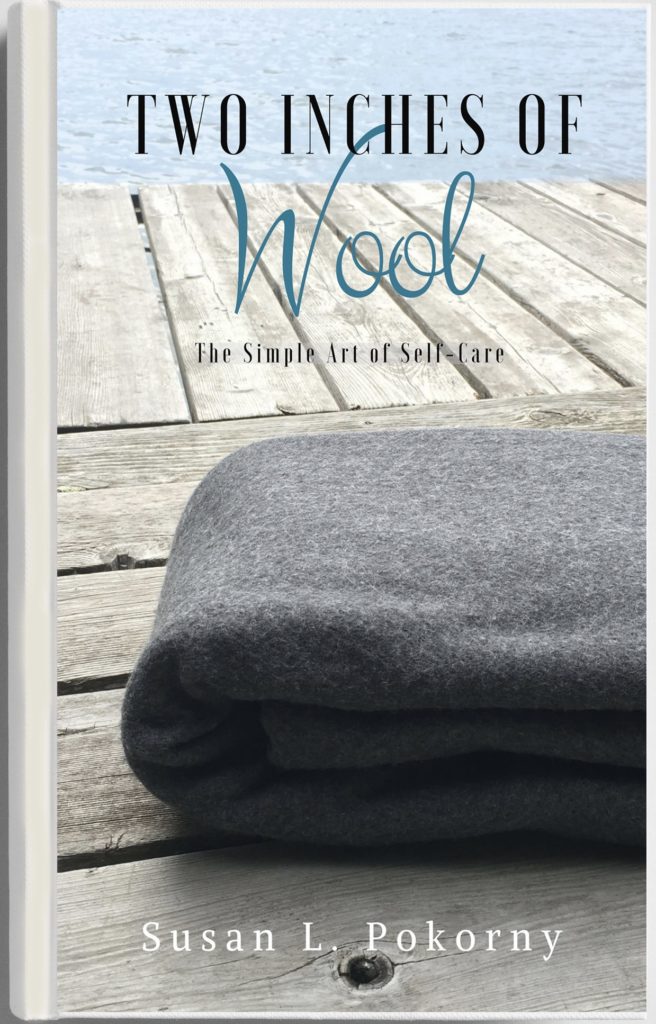

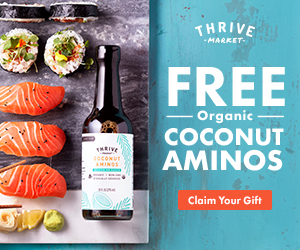


So So true Love this article I see more and more people getting cheap essential oils thinking they are natural and pure
Thanks for stopping by Lori! Glad the article was helpful to you. Cheers!
Thank you for this, simple and to the point.
Thanks for stopping by Ann! Cheers, Susan
I like the article, but a few things you should know and include. First yes it stinks that alot of naturals are being replaced by synthetics, second you have to understand that it may not be up to the company to replace certain ingredients with synthetics. That you can thank your local government and ifra for, governments and ifra constitute the percentage of a natural chemical can be used to in a fragrance, or percentage it can be used up to a total concentrate, like oakmoss for instance, you can only have up to 2% of the total concentrate or you can risk being sued. Europe for example, tou cannot sell a fragranced product if it does not meet ifra regulations, you can and will be foned and or sued as well. So while you say you are disappointed in these companies that reformulate from naturals to synthetics, you need to question why they were switched. Just like as a perfume maker, i question why executives from iff and givaudan (the two largest synthetics creators) are on the board of ifra??
Sorry my phone closed out my browser…..
Third, i think you are confusing “chemical” and “synthetic.” There is a difference between a man made “synthetic” chemical and a “natural” chemical, such as a “chemical” you have circled in one of your pictures, LIMONENE is the natural chemical makeup that gives lemons their tart and citrus smell, so as it is a “chemical” it is a naturally occurring chemical that is isolated in the distillation process to trap the “essence” of a lemon or citrus.
Thanks for the note Paul. You are correct in identifying Limonene as a component in lemons that gives it the citrus scent. This article is referring to man-made Limonene – Scientists have figured out how to mimic smells from natural plant materials with man-made chemicals. Did you know you can purchase these fragrance and flavoring chemicals right on Amazon?!! Check this out: https://www.buyterpenesonline.com/terpenes-for-sale/limonene/.
It might help to think of it another way – Apples have a distinct flavor and many phytochemicals that have nutritious benefits. A piece of candy that tastes like apples most likely will not have the same nutrients as a fresh apple since it’s missing most of the phytochemicals, if it had any at all. A manufacturer can purchase apple flavoring (man-made) to add to it’s sugar syrup for candy. Likewise, any product that has a lemony scent or flavor (Limonene) to it may not contain any element of real lemons. One indicator of this is if the label lists “Limonene” in the ingredients which might indicate it contains a chemical substitute for the natural Limonene “chemical” from a lemon. Hope that clears up my use of that label in this article.
Years ago, many products were scented or flavored with the natural “chemicals” you spoke of that are isolated in the distillation process but many manufacturers have found it more cost effective to purchase man-made chemicals for their products. Since there are no labeling requirements for the term “natural” one can only rely on a producer’s reputation and integrity to offer a truly natural product if they label it as such.